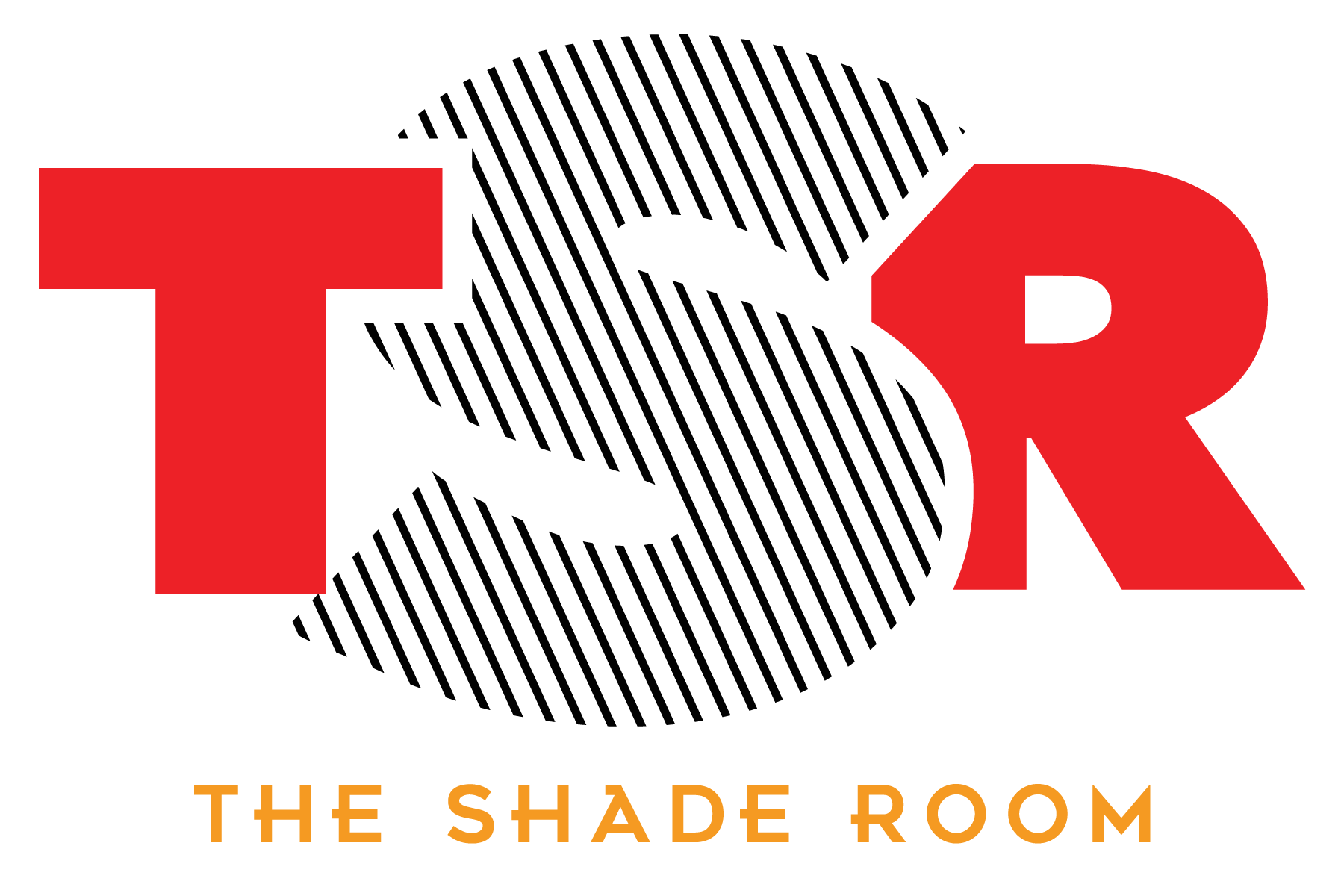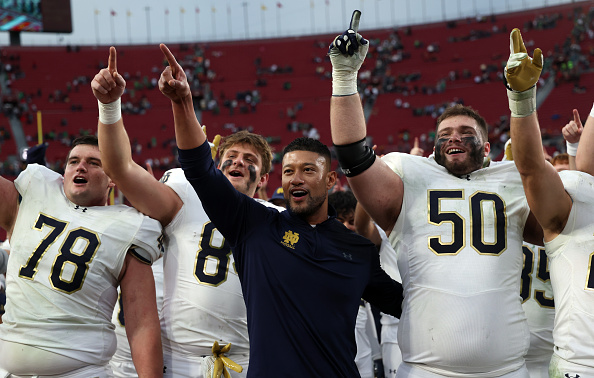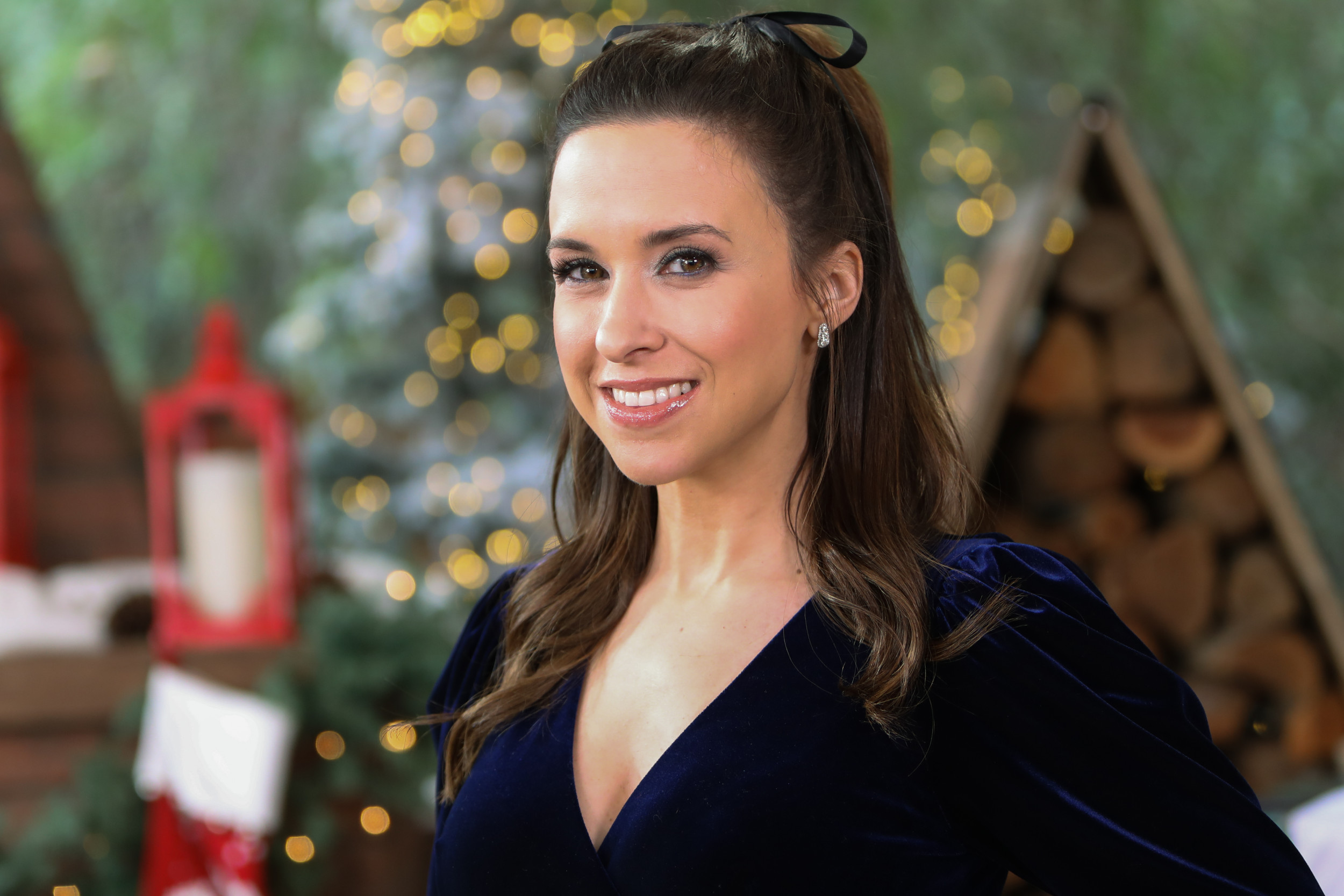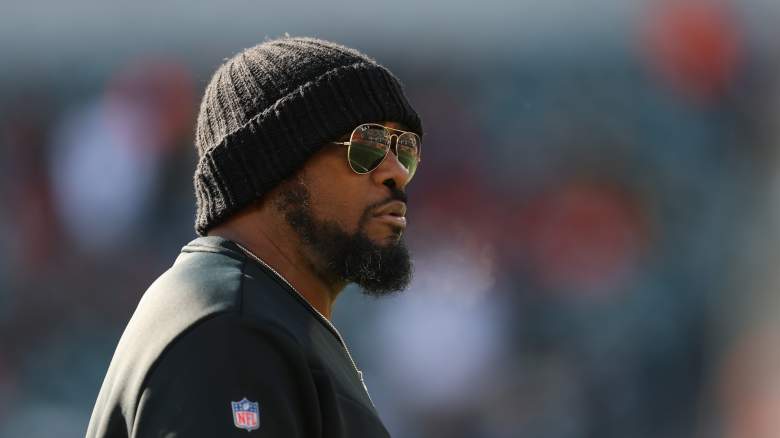Phone cameras are incredible little machines, capable of way more than their tiny lenses and sensors would lead you to believe. They can capture core memories at the beach and northern lights in the sky. But even with all of their computational smarts, they have their limits, including one that’s particularly obvious at the moment. You know all those clear, high-quality pictures you’ve seen of the drones hovering over New Jersey at night? No? Exactly.
You are probably aware by now that there are drones of mysterious origins visiting the New Jersey skies at night. And if you’ve watched or read a report on the drone situation, you’ve probably seen a grainy photo of distant lights in the sky, maybe with blurred trails from red and green navigation lights. You know the type, because they all basically look the same. But this isn’t happening in some remote part of the country, this is a seemingly nightly occurrence in one of the most densely populated parts of the country. And considering that everyone has a camera in their pocket, why is every photo of these drones so bad?
Image: Getty
I had my suspicions, but I asked Sten Odenwald, an astronomer and educator at NASA’s Goddard Space Flight Center why it’s so hard to take a decent picture of the drones with your phone. He spelled out why phone cameras are just the wrong tool for the job. “Phone cameras are no better than the human eye in terms of their ability to gather light,” Odenwald says. “Their lenses are designed that way, to be basically electronic eyeballs. So what the smartphone sees is basically what you see, with no added amplification.”
Smartphones have limited zoom capabilities even in good lighting, so trying to zoom in on something in the dark results in a suboptimal photo. Even if your phone has a dedicated 3x or 5x telephoto lens, its sensor and aperture are so small that your camera probably falls back to digital zoom using the main camera in low light. And trying to upscale an already blurry, noisy photo is just going to result in sadness.
Then there’s the drones themselves. Odenwald points out that “They don’t carry their own lighting system with them, so they’re basically dark against the dark sky.” You might see some LED traveling lights, but nothing designed to illuminate the whole machine. The problem is that they’re designed not to be seen to some degree. That’s certainly true of a military-grade aircraft, but even a basic camera drone is supposed to fade into the background. “Photographing devices in the sky at low altitude that are designed for stealth operations is almost a useless undertaking,” says Odenwald.
If you’re determined to get a better drone photo, at the very least you need to upgrade your gear. Odenwald recommends a dedicated camera like a DSLR or ILC and a good lens. “What you need is the largest aperture you can get, because you’re going to be limited by the faintness of the drone even though it’s not more than maybe a few hundred meters up.”
He also recommends a tripod, and crucially, some good luck. “These things are not on any schedule, so it’s kind of like meteor photography — where the meteor is trying not to be detected.” And even if you do have the right gear in the right place at the right time? Well, don’t be surprised if it turns out that there’s nothing unusual going on up there, anyway.
 2 hours ago
4
2 hours ago
4
/cdn.vox-cdn.com/uploads/chorus_asset/file/25796553/204.jpg)




)
/cdn.vox-cdn.com/uploads/chorus_asset/file/24557575/RM025_013FN.jpg)
)












 English (US) ·
English (US) ·